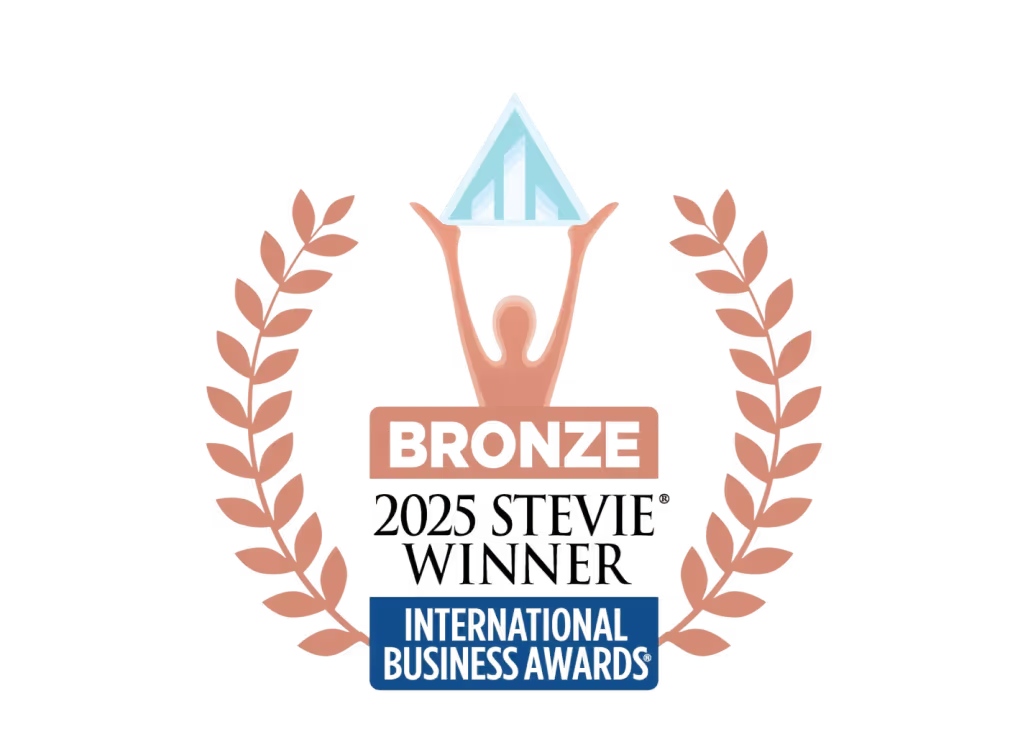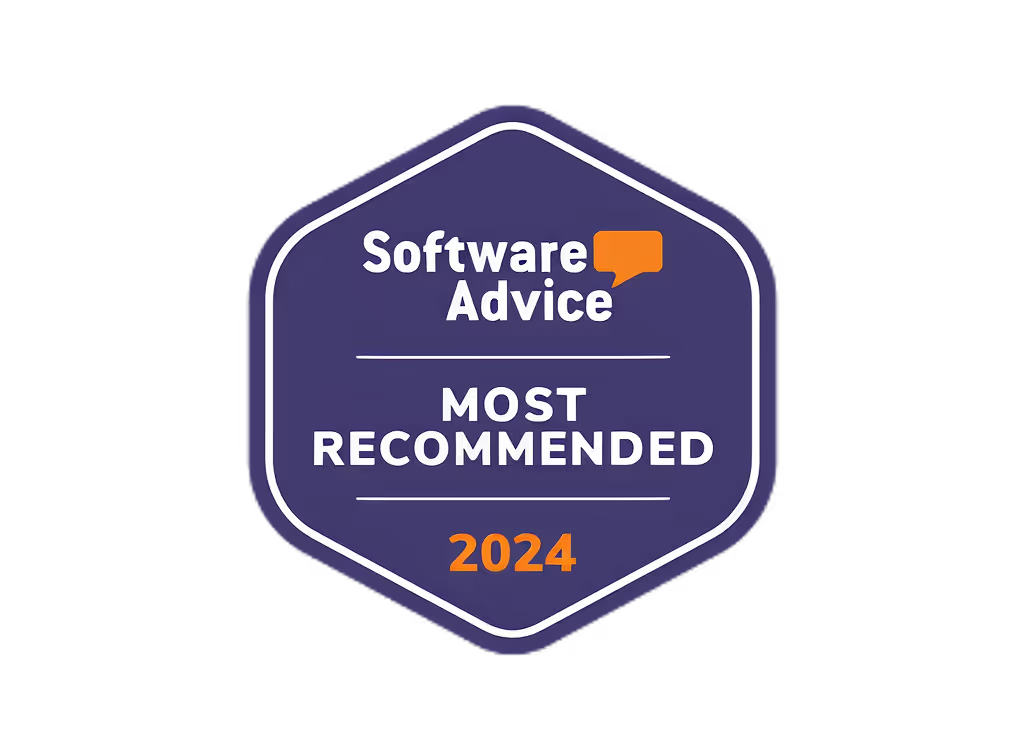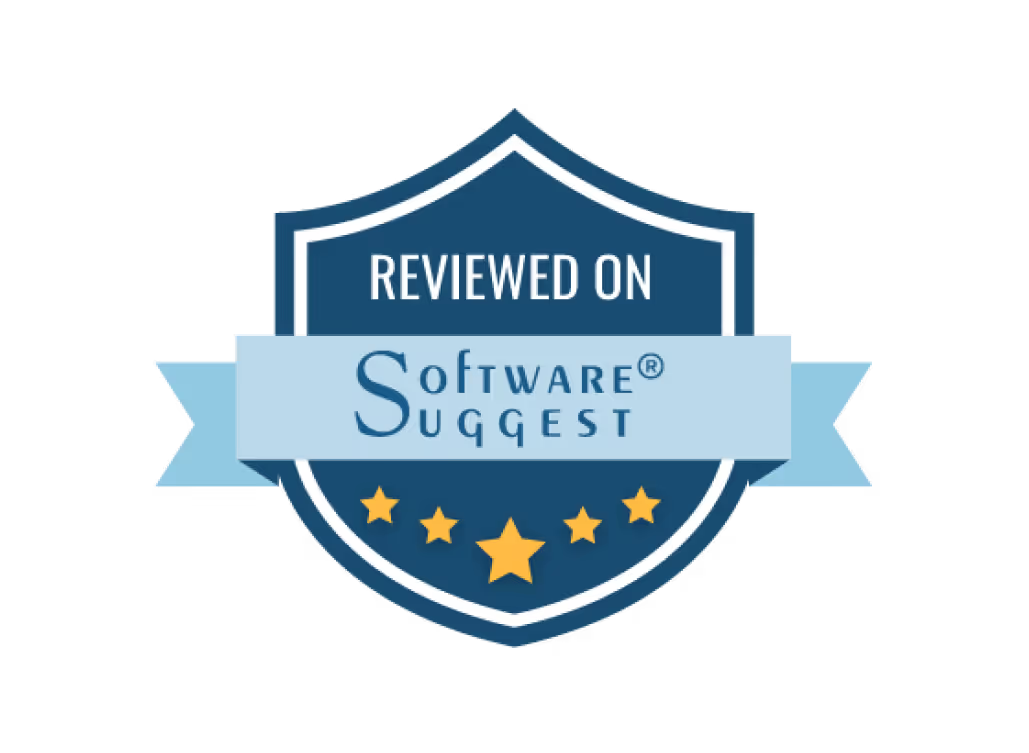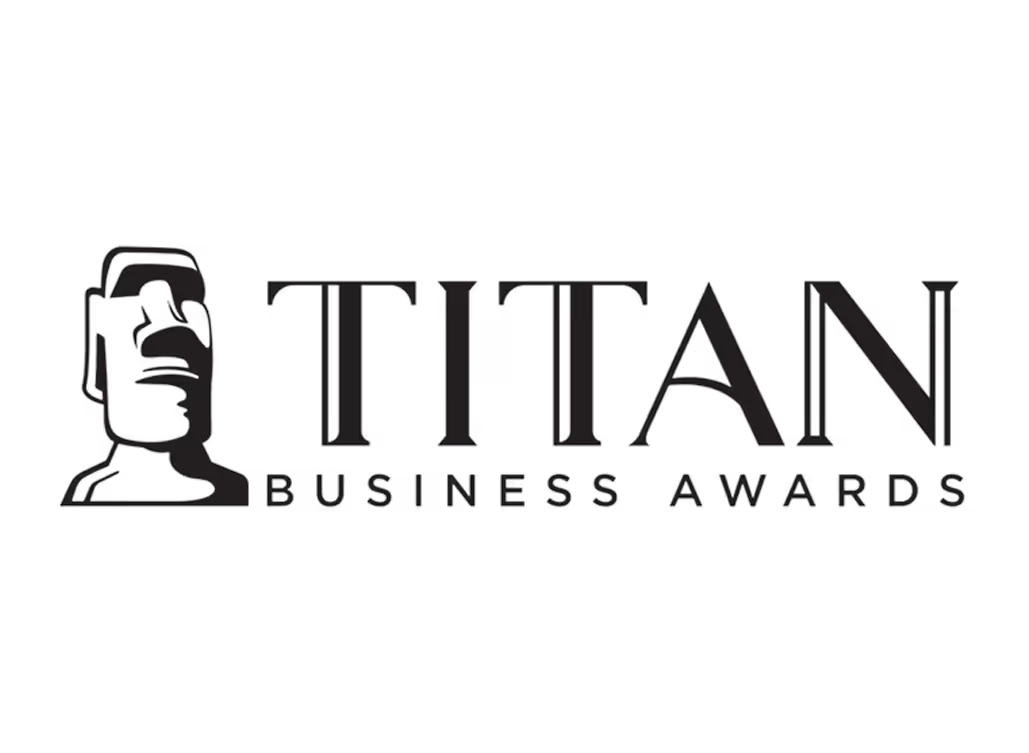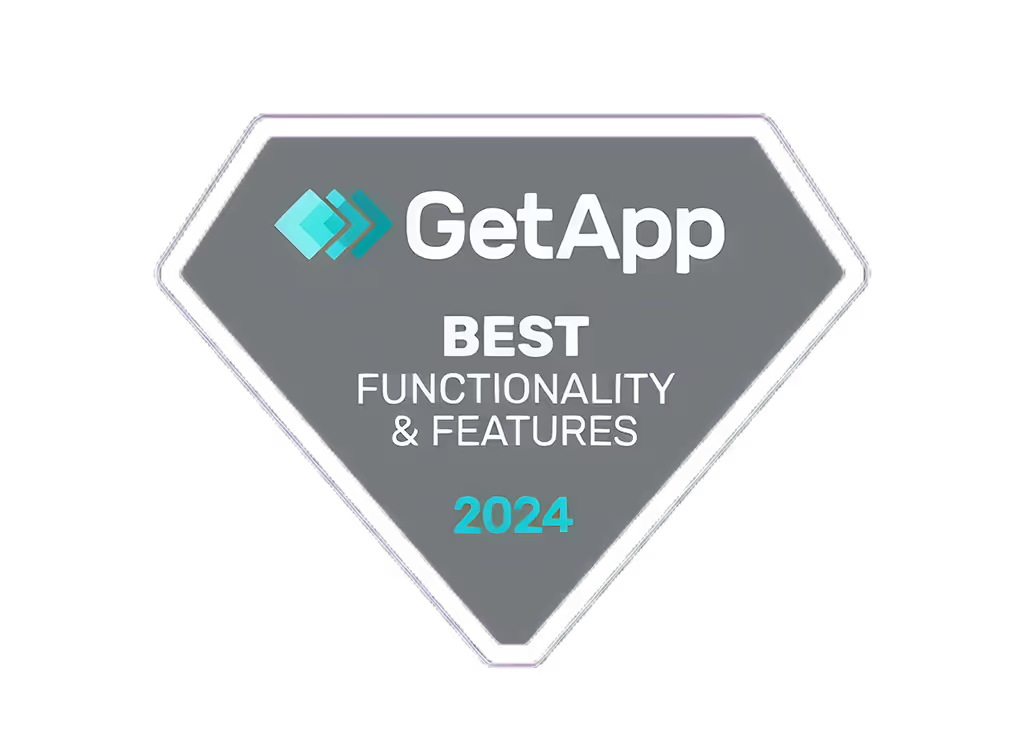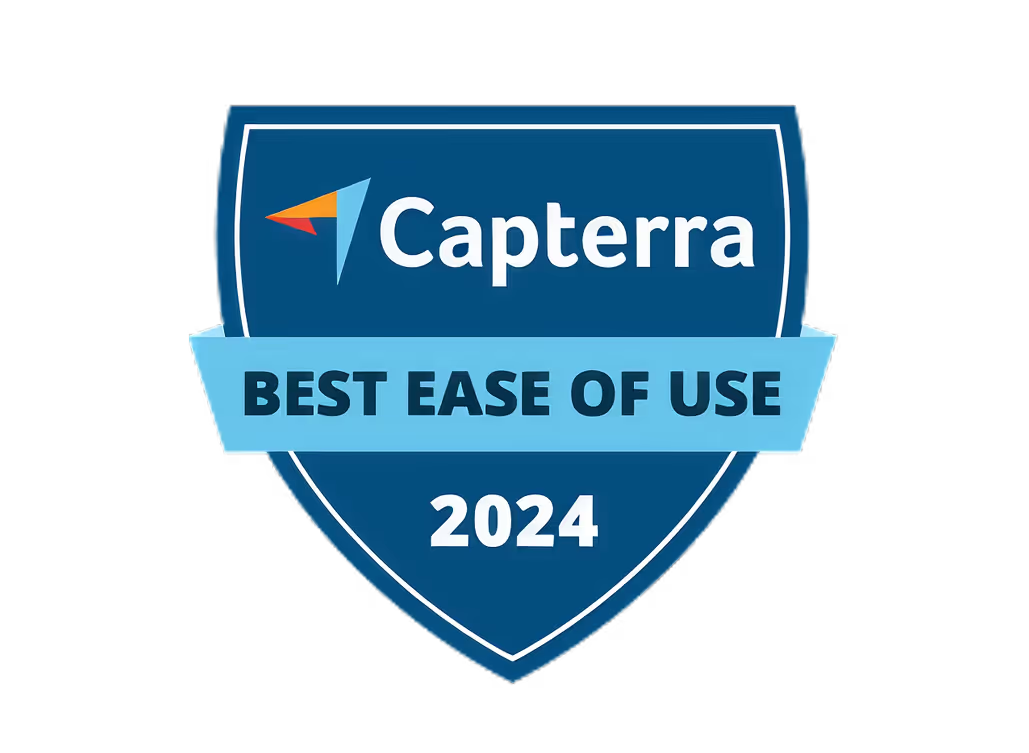Better Ads in 7 Days: Simplifying Ad Creation

Creating effective ads can be challenging for businesses without extensive marketing resources.
However, new intuitive ad platforms now make it possible to launch highly engaging campaigns in just 7 days, even with no prior experience.
In this post, you'll discover a step-by-step framework for crafting better ads quickly by leveraging automation and best practices for copywriting, visual design, and campaign optimization.
Achieving Better Ads with Streamlined Creation
Creating effective ads can be a major challenge for small businesses and startups without big marketing budgets or in-house expertise. From conceptualizing compelling messages to designing aesthetically pleasing visuals, DIY ad creation often stretches founders thin. However, new no-code platforms are emerging to simplify the process by putting intuitive design tools and AI-powered generation into the hands of non-technical users.
The Challenges of DIY Ad Creation
When managing their own ad campaigns, small business owners face obstacles on multiple fronts:
- Limited design skills. Crafting professional-quality visuals requires an artistic eye and technical prowess that many entrepreneurs lack. Attempting this in-house can lead to subpar aesthetics that fail to capture attention.
- Ineffective copywriting. Writing persuasive ad copy is an acquired skill, but for founders focused on their ventures, few have the time or experience to master this nuanced art. Weak messaging underdelivers on campaign potential.
- Multi-channel complexity. Running campaigns across various platforms like Facebook, Instagram, and Google introduces extra complexity in formatting assets, following best practices, and tracking performance. This stretches already limited bandwidth.
- Analyzing data. Monitoring campaign analytics to identify top-performing creatives is crucial but often falls by the wayside for resource-strapped teams, causing missed optimization opportunities.
These roadblocks lead to lackluster campaign performance, wasting ad spend that early-stage ventures can scarcely afford.
The Promise of Intuitive Ad Platforms
To overcome these obstacles, a new class of no-code ad platforms has emerged, leveraging AI to simplify multi-channel campaign creation and management:
- Intuitive design interfaces enable easy assembly of visual assets with pre-built templates and drag-and-drop customization, no graphic design expertise required.
- AI-generated copywriting delivers high-converting messaging tailored to products, services, and campaign goals, creating effective copy at scale.
- Unified campaign management provides a single dashboard to launch, monitor, and optimize creative assets across platforms, ensuring brand alignment.
- Smart analytics track performance trends automatically, surfacing insights to refine assets and budgets for improved ROI.
With solutions that consolidate and automate key functions into simplified workflows, creating better-performing and brand-aligned ads is now achievable within days instead of weeks. By leveraging no-code platforms, even the smallest teams and budgets can unlock more impactful campaigns.
Day 1: Setting the Foundation for Your Ad Campaign
Strategic planning and research are key first steps when launching an ad campaign. Defining your target audience, objectives, and success metrics upfront will set you up for better ads in 7 days.
Conducting Market Research
Market research doesn't need to be complex or time-consuming. Here are three quick ways to gain valuable consumer insights:
- Analyze competitor ads: Study ads from industry leaders and identify what resonates with your target demographic. Take note of messaging, imagery, call-to-actions.
- Conduct online surveys: Create a simple 5-10 question survey asking about preferences, pain points, and reactions to sample ads. Offer an incentive to increase response rates. To stop form spam, validate emails, phone numbers, and names in real time to keep your survey data clean.
- Search industry forums and groups: Join relevant Facebook groups, subreddits, or forums. Observe discussions to uncover trends, feedback, questions from your audience.
Leveraging these methods, you can better understand messaging that motivates action from your customers. With some quick market research, you'll craft more effective ads tailored to your industry and target market.
Defining Your Ad Campaign Goals
It's vital to have clearly defined campaign goals and metrics for success. Ask yourself:
- What specific actions do I want viewers to take after seeing my ad? Signups, purchases, event registrations?
- How will I track performance? Set numeric targets for metrics like clickthrough rate, conversion rate, cost per conversion.
- What is my budget? Factor in costs per click and conversion to determine potential reach and volume.
With quantifiable goals tied directly to key performance indicators, you can evaluate what creative and messaging works and what doesn't. This allows for optimization and continually improving results.
Day 2-3: Designing Ads That Resonate with Your Audience
Ad Copywriting Principles
Effective ad copywriting starts with understanding your target audience and what motivates them. Here are some key principles to keep in mind:
- Focus on benefits, not features. Don't just describe what your product or service does, explain how it can help solve your audience's problems or improve their lives. This resonates more.
- Use emotion and storytelling. Connect with your audience on an emotional level by using narratives and imagery they can relate to. This helps make your message more memorable.
- Keep it simple. Get to the point quickly and avoid using complex language or jargon. Simple, easy-to-grasp messaging works best.
- Highlight what makes you unique. Communicate your unique value proposition clearly. What makes you stand out from competitors?
- Use power words. Incorporate strong, compelling language and verbs that convey confidence and grab attention.
- Be authentic. Adopt a genuine tone that builds trust with your audience rather than hard-selling to them.
Following proven copywriting best practices in your ad creative results in more relevance, higher engagement, and increased conversions.
Visual Design and User Engagement
Visual design plays a crucial role in capturing user attention and prompting action. Here are some key strategies for creating visually engaging ads:
- Use high-quality images. Invest in professional photography or AI-generated product images. This increases perceived value and credibility.
- Incorporate white space. Don't overcrowd the ad. White space makes it more visually appealing and easier to comprehend.
- Limit text. Keep body text short and use bullet points to break up blocks of text. This prevents overwhelming readers.
- Use color strategically. Colors evoke emotions and reinforce branding. But don't overdo it. Stick to 2-3 colors for maximum impact.
- Spotlight calls-to-action (CTAs). Use contrasting colors, size, and placement to draw attention to your CTAs. This prompts user action.
- Personalize imagery. Reflect your target demographic in the visuals. This helps them identify with your brand and messaging.
With some thoughtful design considerations, you can create aesthetically pleasing and effective ads optimized to convert.
sbb-itb-606b7a1
Day 4-5: Simplifying Ad Operations with Automation
Intuitive platforms with automation capabilities can greatly simplify ad operations, freeing up time for focusing on high-value tasks.
Automating Mundane Management Tasks
AI and automation features help handle repetitive and tedious campaign management duties, allowing you to optimize performance more efficiently:
- Automated multi-platform posting saves the manual effort of uploading creatives individually. Simply connect your accounts, set rules, and let the platform handle publishing new ads.
- Dynamic reporting dashboards track key metrics across campaigns, enabling you to spot trends and identify optimization opportunities at a glance without manual data compilation.
- Smart workflows like bulk editing of ads help rapidly iterate on underperforming creatives. You can tweak multiple ads in a few clicks versus editing one by one.
- AI-generated creatives unique to your brand handle the grunt work of early campaign ideation and exploration. The tech creates scroll-stopping ad variations you likely wouldn't have thought of manually.
Automation frees up mental bandwidth previously spent on mundane tasks. Instead of getting bogged down by process, focus energy on high-level direction and strategy.
Monitoring Performance and Iterating
Intuitive analytics and iteration capabilities support regular improvements driving better campaign results over time:
- Customizable reporting dashboards let you track metrics like CTR, conversions, ROAS and benchmark against goals. Granular data insights inform campaign decisions and strategy.
- Built-in A/B testing tools allow easy experimentation with ad elements like images, captions and calls-to-action to optimize what resonates best with your audience.
- Easy creative editing workflows facilitate rapid iterations and improvements on underperforming ads. Simple drag-and-drop interfaces lower barriers to trying new layouts, images and messaging.
- Revision history and version control features help you maintain context as you experiment with different ad variants. You can roll back undesirable changes or reuse elements that worked well previously.
With the right analytics and iteration tools, campaign optimization becomes an intuitive, data-driven process over time rather than guesswork. You can make incremental improvements backed by audience response data, learning what works for better ads in fewer steps.
Day 6-7: Launching and Optimizing Your Campaigns Quickly
With intuitive ad platforms, small businesses can achieve robust campaigns quickly through guided setups and AI assistance. This section covers launch strategies to get campaigns up and running efficiently.
Accelerating the Learning Curve
Ad platforms with intuitive interfaces and smart workflows greatly reduce the experience needed to run effective campaigns. Key benefits include:
- Guided campaign setup walks users through best practices for targeting, budgets, creatives, and more in just minutes. No expertise required.
- AI-generated creatives and copy provide hundreds of on-brand options suited for the campaign goal, eliminating the creative burden.
- Built-in analytics and optimization monitor performance and automatically apply improvements for 2-3x faster campaign optimization.
With these features, ad platform users can expect to:
- Launch initial campaigns in under 2 hours, a 5x acceleration.
- Achieve positive ROI in 3-5 days, a 60-70% improvement.
- Outperform industry benchmarks for click-through-rates and conversions by 2x on average.
Launching Campaigns in Under a Week
Here is a sample workflow for launching optimized campaigns in just 7 days leveraging intuitive ad platforms:
Day 1: Select campaign objective and target audience using guided targeting tools
Day 2: Generate 100+ creatives and ad copies for platforms like Facebook, Instagram, YouTube, etc.
Day 3: Review and select best high-performing creatives for campaign
Day 4: Launch campaign with starting budget and monitor initial performance
Day 5: Platform provides performance report and optimization recommendations
Day 6: Apply suggested improvements to creatives, targets, budgets
Day 7: Examine reporting dashboard for positive ROI as platform continues optimizing
The combination of smart workflows, AI assistance, and built-in analytics allows launching well-optimized campaigns in under a week, saving months of effort through traditional methods. Small businesses can leverage these platforms to punch above their weight with professional ad campaigns faster than ever.
Conclusion: Mastering Ad Creation in a Week
This concluding section recaps how intuitive ad platforms enable small businesses to achieve expert-quality campaign results in just 7 days.
Top Benefits for Small Business Owners
Intuitive ad platforms provide significant advantages for small business owners over DIY and manual agencies:
- Save time and money: Automated ad creation eliminates the need for expensive professional services. You can launch campaigns in days rather than weeks.
- Expert-quality ads: AI generates high-converting ad copies tailored to your offering and audience. Performance optimization ensures continual improvements.
- Brand alignment: Ad templates, images, and messaging align with your brand identity for consistent reach.
- Global expansion: Multi-language ad copies expand your reach to international markets.
Next Steps for Sustained Success
To leverage intuitive ad platforms and achieve better campaign results in 7 days:
- Select the right platform: Ensure it offers the features and capabilities aligned with your business needs and target markets.
- Set up your account: Customize brand settings, connect social media accounts, build initial ad templates.
- Launch your first campaign: Use pre-made templates or customized settings to launch ads across platforms.
- Track and optimize: Review performance metrics to identify top ads and opportunities for improvement. Iteratively enhance campaigns over time.
With the right platform, small businesses can achieve expert-quality ad results in just 7 days, saving time and resources while expanding reach. Consistent optimization sustains performance improvements over time.









